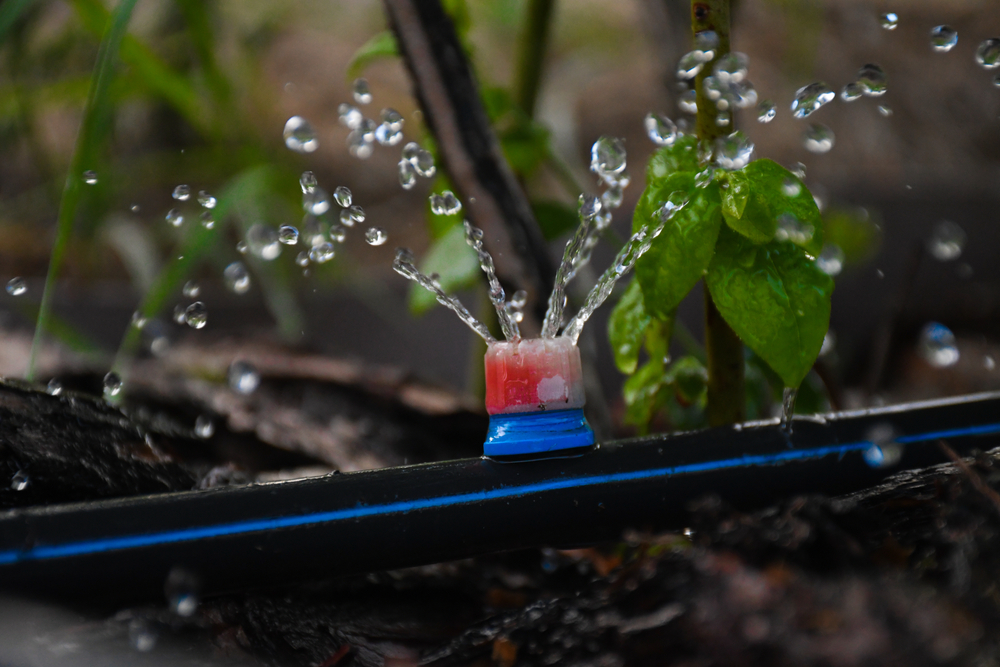Keeping your garden lush and healthy in Alice Springs can be a challenge with our dry climate. That’s where smart irrigation systems come in. These systems use advanced technology to deliver the right amount of water to your plants at the right time. This ensures your garden thrives while conserving water, which is essential in our arid environment.
Assessing Your Yard: Identify and Prioritise Tasks
Before diving into the clean-up, it’s essential to assess your yard and identify the areas that need the most attention. Start by walking around your property and taking note of any debris, overgrown plants, and cluttered areas. Pay attention to items that can be hazardous or cause damage if left unattended, like broken branches, scattered rocks, or accumulated leaf piles.
Once you have a clear picture of what needs to be done, prioritise the tasks based on their urgency and impact. For example, removing large debris and clearing pathways should come first, as it will make it easier to tackle the rest of the yard. After that, focus on tidying garden beds, trimming overgrown plants, and organising outdoor furniture. By prioritising tasks, you can make the clean-up process more efficient and less overwhelming.
Essential Tools and Equipment for a Quick Yard Makeover
Having the right tools can make a significant difference in how quickly and effectively you can tidy up your yard. Here are some essential tools and equipment that can help you get the job done:
1. Rake and Leaf Blower: For gathering leaves and small debris.
2. Pruning Shears and Hedge Trimmers: To trim overgrown plants and bushes.
3. Lawn Mower: Essential for keeping your grass neat and tidy.
4. Garden Gloves: To protect your hands while working.
5. Garbage Bags and Bins: For collecting and disposing of debris.
6. Wheelbarrow: Useful for transporting heavy materials like soil and mulch.
7. Shovel and Spade: For digging and moving dirt.
Ensure all your tools are in good condition before you start. Sharp blades on pruners and saws, and a well-maintained leaf blower, will make your work easier and faster. Additionally, wearing appropriate gear such as gloves and sturdy shoes will keep you safe while you work on your yard makeover. Having the right equipment on hand will streamline the process and result in a neat and organised yard in no time.
Setting Up Your Smart Irrigation System: A Step-by-Step Guide
Setting up a smart irrigation system may seem tricky, but with a clear guide, it becomes manageable. Here’s how you can do it:
1. Plan Your Layout: First, sketch out your garden and mark where your plants are. This helps in deciding where you need to place the irrigation lines. Make sure to group plants with similar water needs together for more efficient watering.
2. Choose Your Equipment: Next, you’ll need to buy the right equipment. This includes smart controllers, moisture sensors, and appropriate tubing. Smart controllers allow you to control the system from your phone, making it easy to adjust settings based on the weather.
3. Install the System: Begin by laying out the main water line. Attach the tubes to your water supply and run them along your garden beds. Use connectors to branch out to different areas and attach sprinklers or drippers where needed. Place the sensors in the soil near your plants.
4. Connect and Program: Once the physical setup is complete, connect your system to the smart controller. Follow the instructions to set up schedules and customise watering times based on the season and plant types. Most smart irrigation systems come with mobile apps that simplify this process.
Maintaining and Troubleshooting Your Smart Irrigation System
Maintaining your smart irrigation system is crucial to ensure it continues to work efficiently. Regular check-ups and prompt fixes can prevent major issues down the road.
1. Regular Inspections: Inspect your system at least once a month. Check for clogs in the sprinkler heads or drippers and clean them as necessary. Look for leaks in the tubing that could waste water and fix them immediately.
2. Seasonal Adjustments: Adjust your watering schedule as the seasons change. During cooler months, you can reduce the watering frequency, while in hot, dry periods, you might need to increase it. Smart controllers usually have settings that allow for easy adjustments based on the weather.
3. Test the Sensors: Soil moisture sensors need to be checked periodically to ensure they are functioning correctly. If they give false readings, recalibrate or replace them.
4. Troubleshoot Issues: Common problems include uneven watering or parts of the garden not receiving water. These can often be fixed by cleaning or replacing clogged emitters. If the problem persists, check the system settings or consult the user manual.
Conclusion
Embracing smart irrigation technology can greatly enhance the way you care for your garden. With proper setup and regular maintenance, these systems offer an efficient and sustainable watering solution. They not only save time but also help conserve water, a precious resource, especially in Alice Springs.
For reliable smart irrigation services and other garden maintenance services, contact Totally Tidy. We are here to help you ensure your garden remains beautiful and thrives year-round. Let’s work together to make your garden the best it can be!


